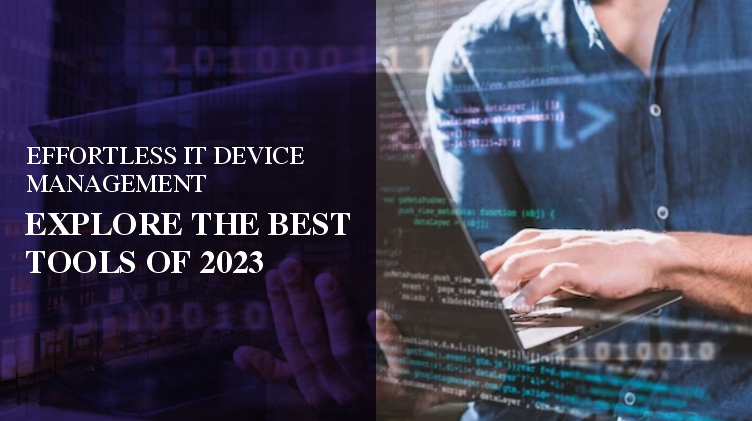In the age of digitization, the modern workspace is incomplete without its myriad of devices. These devices, whether smartphones, laptops, or tablets, have become extensions of our professional lives. However, as the number of devices proliferate, managing them, along with employee accounts, becomes increasingly complex. Let’s dive into the top tools for IT device management and learn how they revolutionize the modern workspace.
1. Mobile Device Management (MDM) Solutions
The heart and soul of device management, MDM solutions allow IT departments to oversee mobile devices as easily as desktop computers. Through centralized control, these solutions ensure that all devices meet the company’s security and policy requirements.
2. Identity and Access Management (IAM)
With data breaches becoming all too common, IAM tools have emerged as a necessity. They govern who has access to which resources. By setting roles, responsibilities, and levels of access for individual employees, these tools ensure data remains in trusted hands.
3. Remote Monitoring and Management (RMM)
In today’s work-from-anywhere culture, RMM tools are vital. They allow IT teams to remotely install updates, manage patches, and troubleshoot issues. Say goodbye to waiting days for an IT technician to arrive; RMM tools streamline the process and enhance efficiency.
4. Cloud Access Security Brokers (CASB)
With cloud-based tools becoming omnipresent, CASBs step in to monitor activity between on-premises devices and cloud providers. These intermediaries ensure that company policies are upheld, even when data is in transit or at rest in the cloud.
5. Endpoint Detection and Response (EDR)
EDR tools take security a notch higher. They don’t just monitor devices but also respond to potential threats in real-time. This ensures that any breaches can be caught and rectified immediately, minimizing potential damage.
Unique Perspectives and Actionable Insights
While all the above tools are transforming IT device management, what sets them apart in 2023 is the integration of AI and Machine Learning. These technologies predict potential device management issues before they arise and suggest actionable insights to IT administrators. This predictive approach is not just futuristic but also a game-changer, making device management proactive rather than reactive.
Conclusion:
As businesses grow and evolve, IT device management can’t be a mere afterthought. With tools that offer dynamic capabilities, organizations can maintain a secure, efficient, and future-ready environment. But, as we navigate these waters, there’s one solution that’s emerging as a frontrunner. Bumblebots’ main product, Tasky, isn’t just another software—it’s the next-gen answer to IT automation for workplace devices. So, as you ponder over which tools to integrate, remember that Tasky offers an all-inclusive package that seamlessly binds every device management necessity under one roof.


